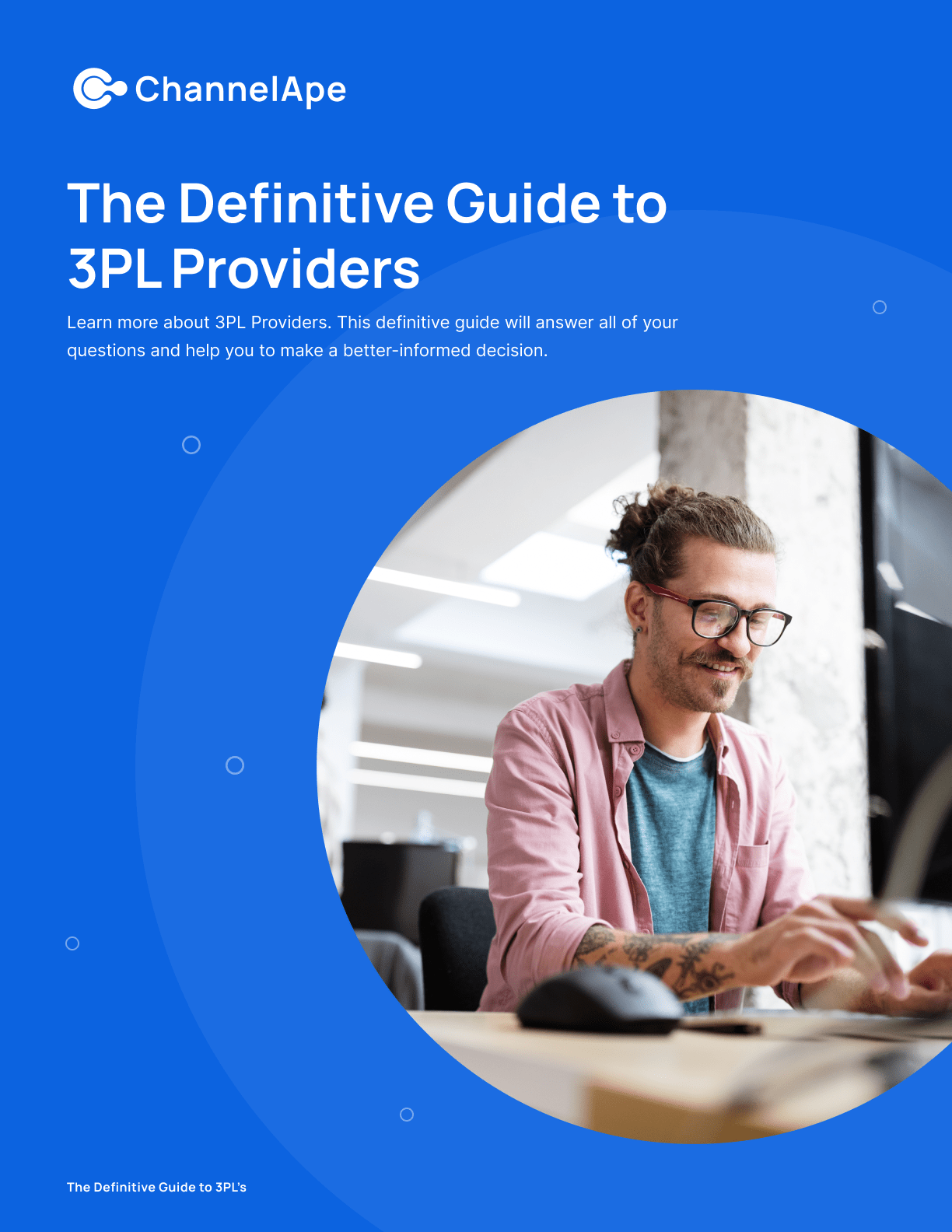Modern Shopify 3PL Fulfillment Management with ChannelApe
Easily build out your customer-centric network utilizing pre-configured Shopify 3PL fulfillment partners or your own locations.
Influencers, wholesale & more
Inventory effective & expiration datesNo more spreadsheets required
Multi-status, multi-location inventoryWarehouses, stores, and channels
Fulfillment holds & order editsAuto-hold on new CX ticket
Automate fulfillment rulesBundles, marketing SKUs, and more

Influencers, wholesale & more
Inventory effective & expiration datesNo more spreadsheets required
Multi-status, multi-location inventoryWarehouses, stores, and channels
Fulfillment holds & order editsAuto-hold on new CX ticket
Automate fulfillment rulesBundles, marketing SKUs, and more
If you have a 3PL in the mix, you’re going to have to think outside of the Shopify box for your order fulfillment rules.
This is all great for supporting multi-location inventory. But what if you’re using a 3PL? If you're using a dropshipping app or fulfillment service, the default address of your store is set as your default location. Shopify isn't connected to 3PL locations, meaning you need to rely on the external WMS of your warehouse to get visibility—if you need order data, you need to go through your 3PL to retrieve.
Partnering with a 3PL that offers a wide warehouse network can enable brands the flexibility needed to deliver with the necessary speed.
Another drawback is if you activate multi-origin shipping, the action cannot be undone in Shopify—you can’t switch back to single-origin shipping. This type of permanency may cause brands that are in the early stages of scaling to hesitate to “turn on” such an important feature.
Over 90% of consumers consider two- to three-day shipping as the baseline for meeting expectations. Partnering with a 3PL that offers a wide warehouse network can enable brands the flexibility needed to deliver with the necessary speed.
There is absolutely no need to reinvent the wheel here. You can keep using Shopify, while having oversight of both their fulfillment locations and your 3PL warehouse(s).
With ChannelApe’s inventory management and order fulfillment capabilities, you can split shipments to meet customer expectations, route orders to preferred shipping carriers, and provide proactive tracking support—all from one central hub. Utilizing our native Shopify 3PL connector, you can easily build out your fulfillment network utilizing pre-configured 3PL partners or your own fulfillment locations.
Of course, fulfillment is nothing if your brand struggles to keep an accurate count of its inventory. Only real-time inventory visibility can reduce latency between the customer making an order and that order arriving. How? ChannelApe helps you effortlessly pinpoint where inventory sits across its journey (incoming inventory, returns, etc.) and provides automatic, accurate counts for all your statuses of inventory (on hand, on order, committed, reserve, etc.).
Easily build out your customer-centric network utilizing pre-configured Shopify 3PL fulfillment partners or your own locations.
Avoid overselling and sync orders, fulfillments & returns with your warehouse—all with a unified operations system built for Shopify Plus order...
Want to have more control of your shipping rules, meet customer expectations, and reduce costs? Here’s how to enhance your Shopify location based...